Prioritization framework has to be able to accommodate the fact that all organizations operate simultaneously as open and closed systems, keep the business priority in balance, and improve the overall organizational maturity.
An intake/prioritization framework can create a common set of priorities that support business/customer goals, have clearly defined roles and authority structures, processes, to improve business transparency and effectiveness.
The prioritization framework is a business architecture equivalent that takes a look at balancing the business priorities and forcing conversations that are otherwise difficult to have: Prioritization brings transparency to the organization, creating internal competition among projects, and assigning resources scientifically. In reality, business leaders often revert to "just get the job done!" without stopping to clarify why it needs to be managed, what exactly is the job that is supposed to be done, “how" it can be managed, "who" needs to manage, "when" it needs to be managed, or "where" it needs to be managed, etc. An informed prioritization framework helps the business management know which projects should get an increment of analysis and design effort, assign resources scientifically and manage a balanced portfolio effectively.
In specific, the prioritization framework along with a business process architecture/governance frameworks helps business management prioritize across all projects, provide guidance upon where to direct resources and attention to strengthening organizational capabilities and transform the manual process and the business requirement to process design and process governance so that the organization’s mission, vision, and goals can be realized, and developing corresponding capabilities. This will in turn enable businesses to move up the maturity model and become the effective organizations they are striving for.
The prioritization framework provides a key linkage between strategy and execution: Prioritization framework can provide the visualization of the organization strategy, competences and operation layers and how they fit together. Nowadays strategy management is an iterative continuum. The dynamic prioritization all wrapped up in an adaptive plan that turns out to be most critical to the success of strategy management. With an effective prioritization framework, the team can work collaboratively and create synergy between the strategists and executioners, senior and middle management, and set the right priorities for doing things that really matter to achieve strategic goals.
A prioritization framework refers to many more links that can be drawn from various management activities such as the development of the business process planning and strategies translated from the business objectives, strategy and process capability linkages, process management, decision making and roles and responsibilities etc. So the cross-functional group brings the enterprise perspective, bridges functional silos and builds/maintains/improves enterprise business competency.
The prioritization framework enables the organization to solve significant, either macro or micro problems: There are both old problems and emergent issues. The critical thing for business leaders is how to leverage a prioritization framework to identify significant problems and set the right priority to solve them smoothly. That could be macro problems which directly impact on the business strategy or the business’s bottom line for surviving; that could also be the micro problem - but significant as well, as sometimes, the small issue can generate butterfly effect if it hasn’t been taken care of timely.
There is no way to create a definitive prioritized list without more business context. Identifying what generates the most value for the company and expressing that in strategic objectives help managers keep their eyes on what matters. Technically, it might be a good idea to first split problems into different categories and to assess the relative importance of the different categories and what could be done about it. Set the right priority to solve the most critical problems, mind resource and investment gap to enforce successful capacity planning and holistic resource management to improve the overall problem-solving effectiveness.
Thus, business leaders need to have the strategic mind and skill set to contribute to business problem defining and solving, pull the business in the right direction via setting the right priority and allocating resources, time, and assets scientifically Prioritization framework has to be able to accommodate the fact that all organizations operate simultaneously as open and closed systems, keep the business priority in balance, and improve the overall organizational maturity.
















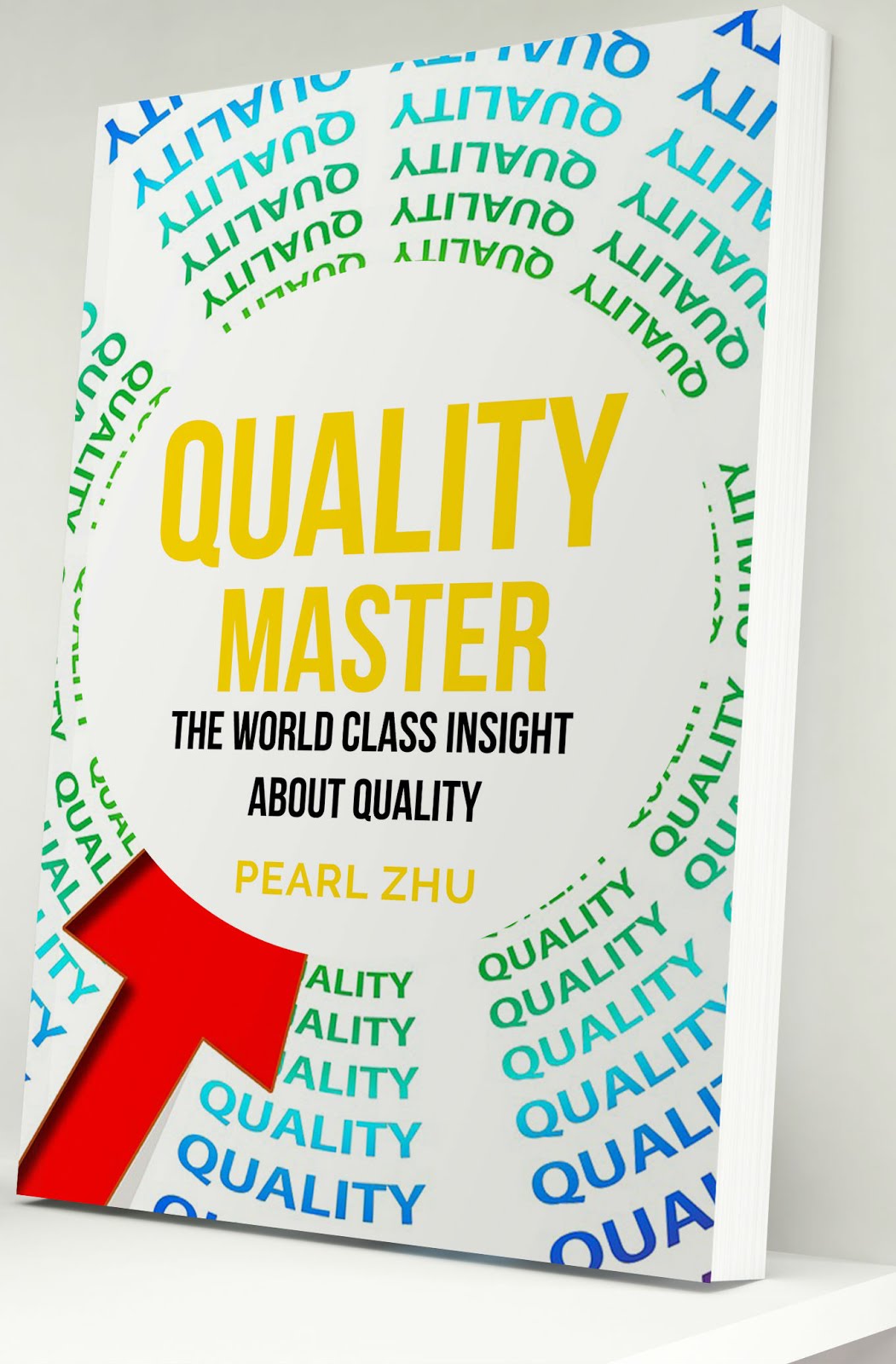




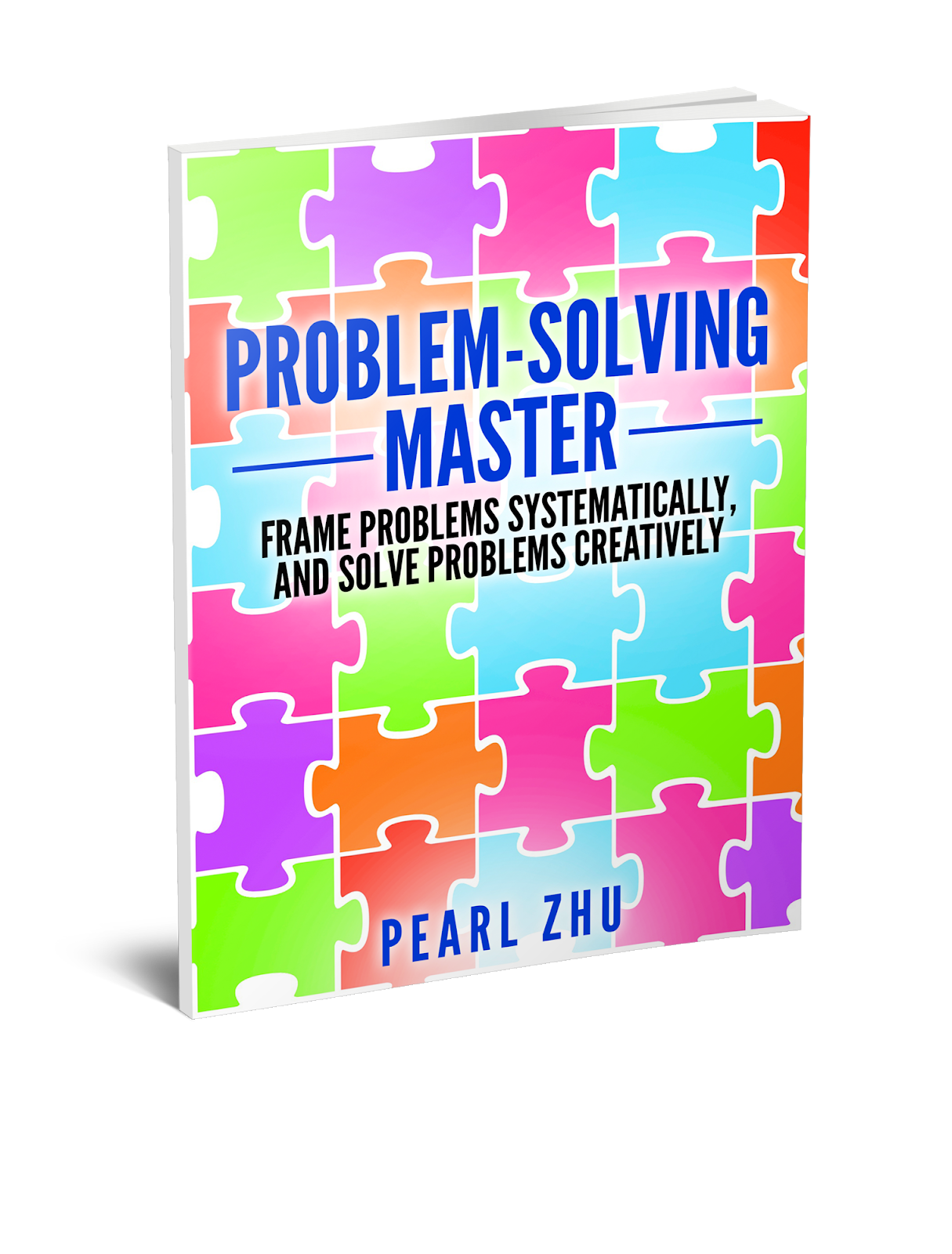
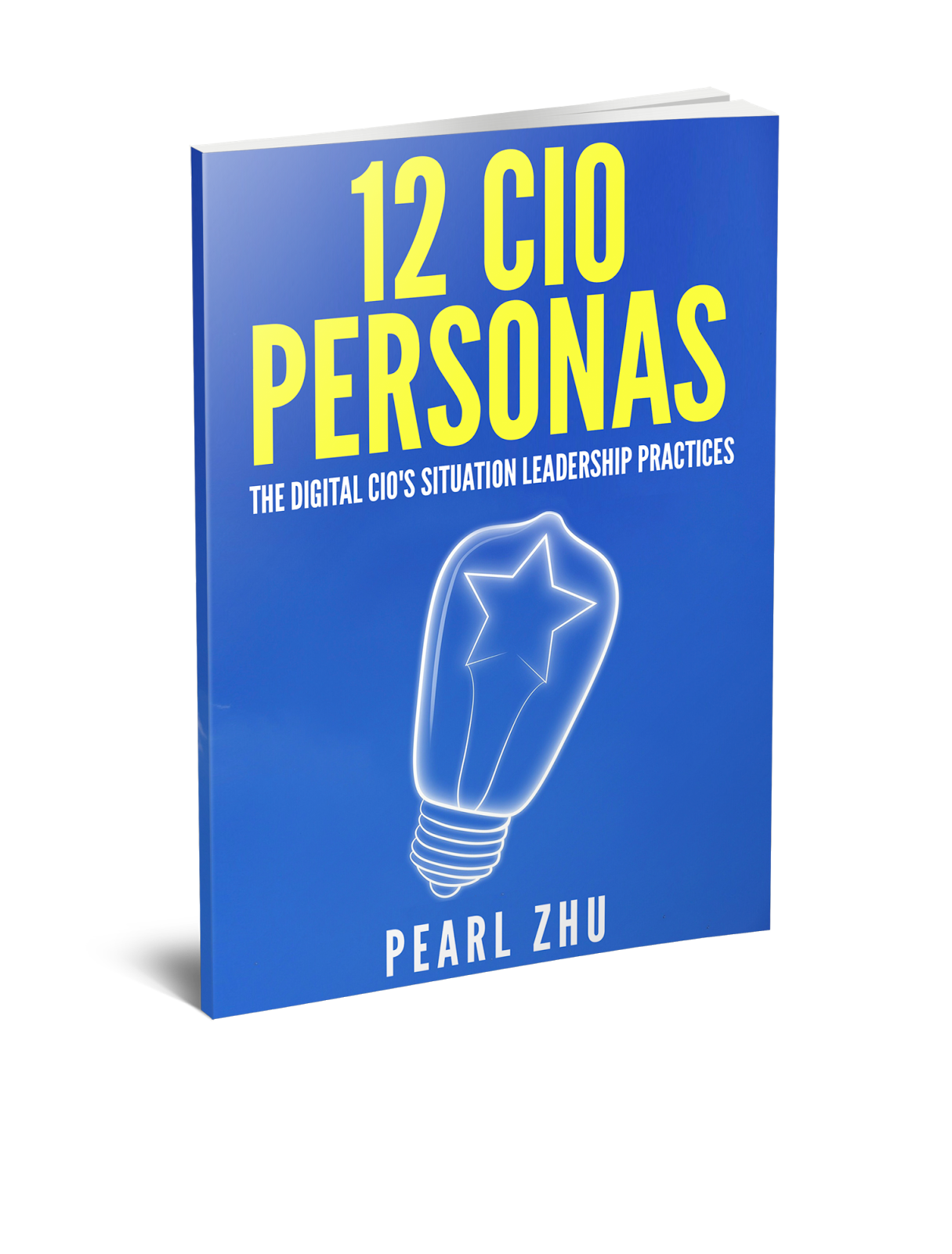




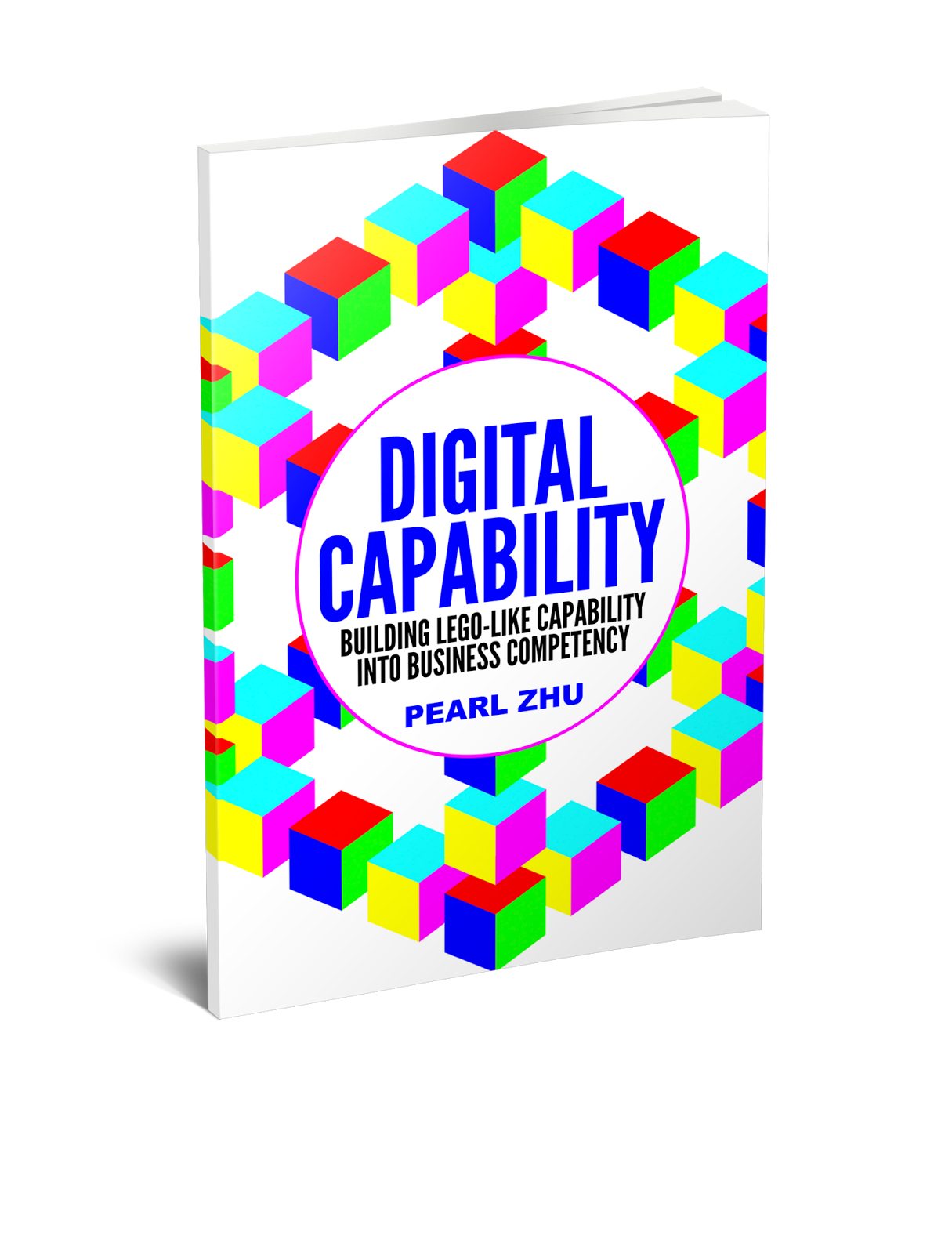




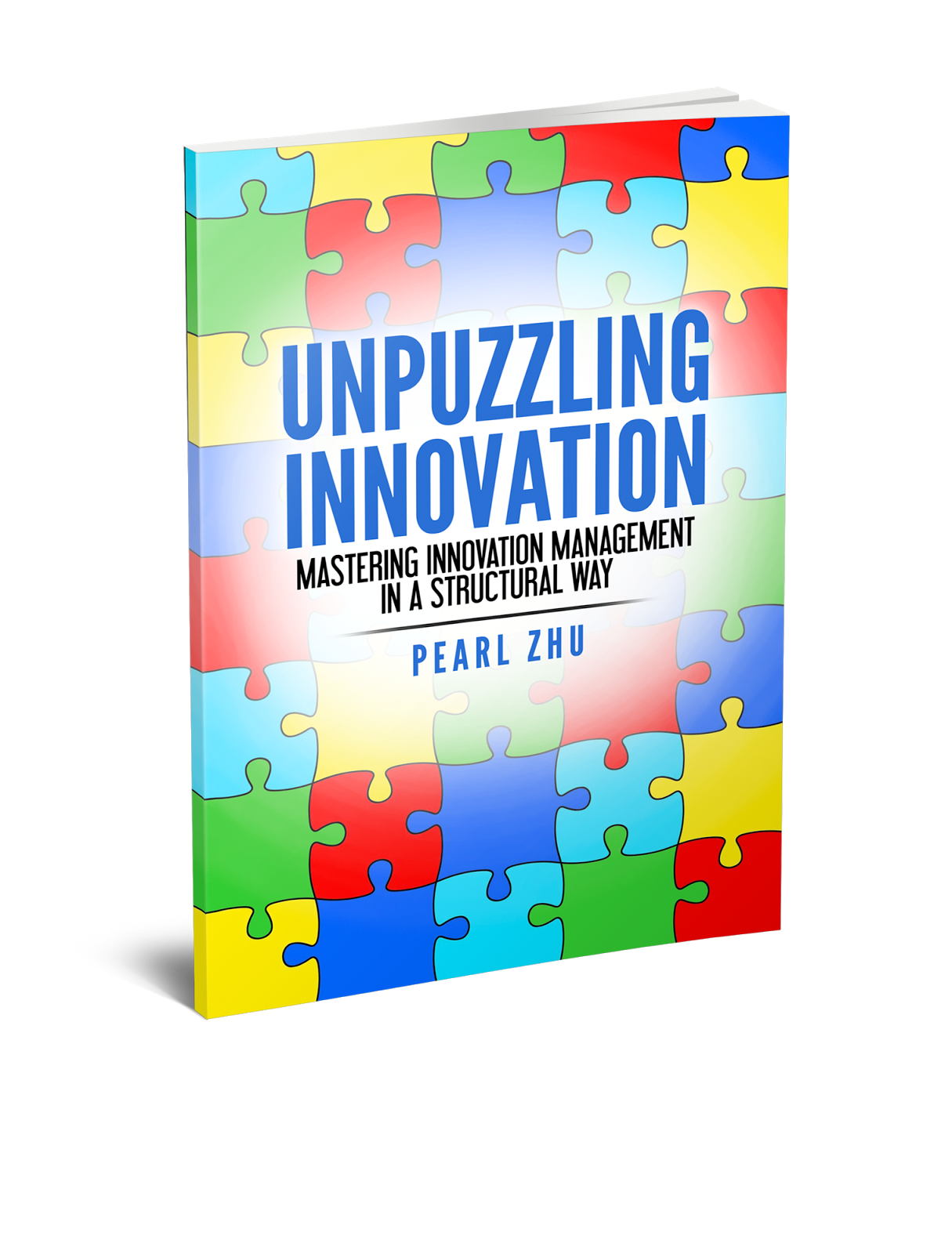










1 comments:
I really like this post. Prioritization framework is useful for organizational maturity and to set proprieties. Visit website to get more details about feature prioritization framework
Post a Comment